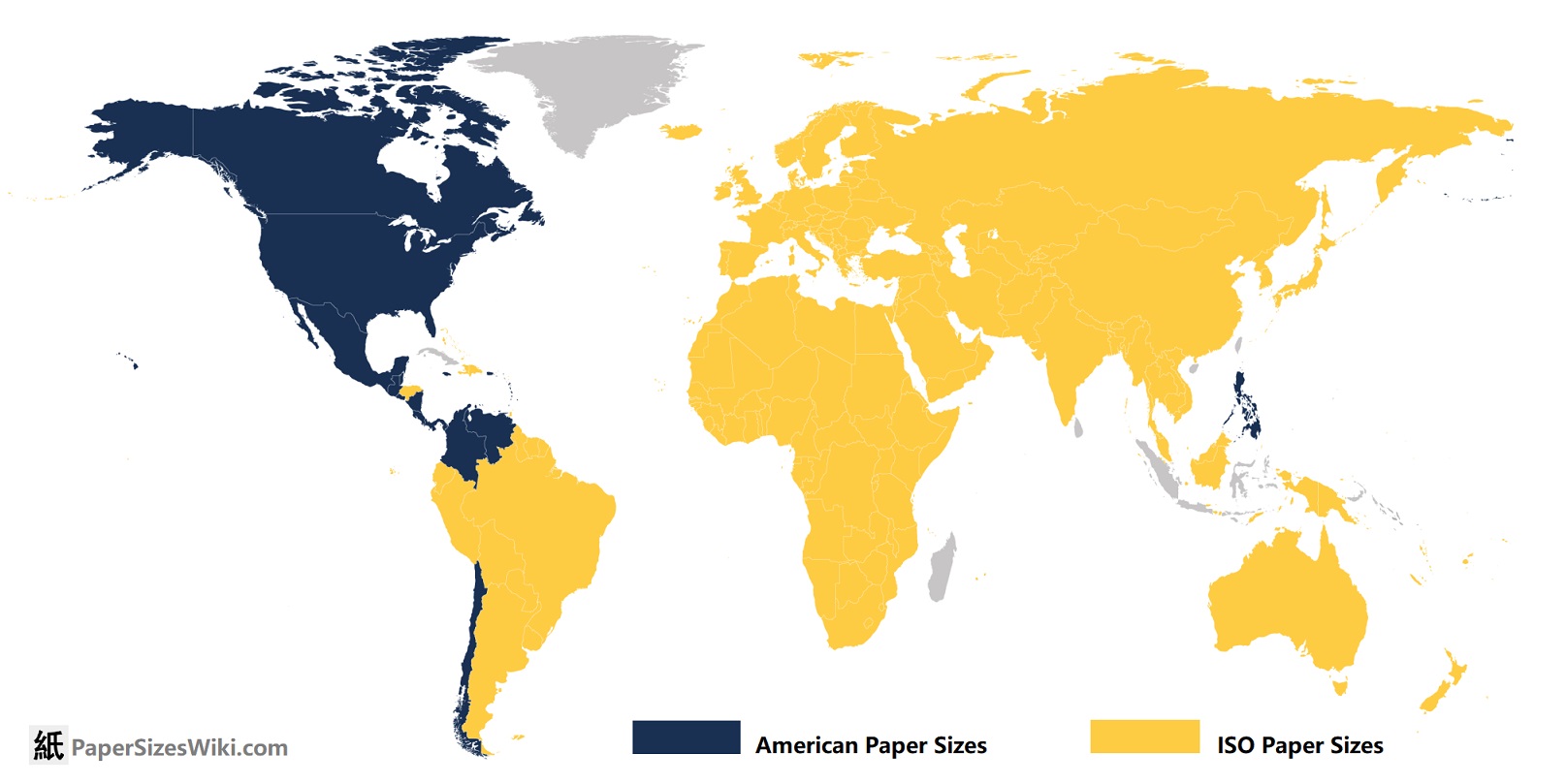What is A1 Paper Size?
Definition
When you see the expression as A1 paper size, you see a size within the scope of ISO216 standard. A1 paper size is the second largest size in standard ISO A paper series.
Dimensions
It measures 23.39 x 33.11 in inches, 594 x 841 in mm and 59.4 x 84.1 in cm.
Layout
As a dimension cut directly from A0 in equal proportions, A1 has exactly half a square meter of area. Below is the drawing of A1 in inches and mm. The dimension in cm is 59.4 x 84.1.

Origins
The A-series paper sizes, including A1, originated in Germany with the DIN 476 standard in 1922. The purpose of the system was to simplify paper sizes for various applications by using a consistent mathematical approach. Each size in the series, including A1, is half of the next larger size, ensuring a standard that allows for easy scaling and reproduction. The system was later adopted internationally by the ISO (International Organization for Standardization). The introduction of A1 as a major size helped provide professionals with a standard large-format option for design, architecture, and various other technical applications.
Regions of Use
A1 paper is widely used in countries that follow the ISO standard, which includes most of Europe, Asia, and Africa. It is particularly popular in the fields of architecture, engineering, and graphic design. The UK, Germany, and France are prominent regions where A1 paper is utilized for technical drawings, signage, and art. Though not commonly used in the United States, where the ANSI and Letter size papers dominate, A1’s closest equivalents in the U.S. are large-format sizes such as Arch D (24 x 36 inches) and Tabloid size for specific projects requiring larger sheets.

Usage
A1 paper finds applications in many areas where larger print formats are necessary:
- Posters and Advertising: The size is ideal for promotional materials and public advertisements where high visibility is essential.
- Architectural Plans: Architects often use A1 to present building layouts, floor plans, and schematics that require both clarity and sufficient space.
- Technical Drawings: Engineers and designers use A1 to print complex technical diagrams, blueprints, and detailed schematics for product development.
- Art and Photography: A1 is a favored format for prints of artwork and large-format photography, allowing the details of the original work to shine in larger reproductions.
- Educational Posters: In schools or museums, A1 paper is often used for educational content that needs to be displayed to a large audience.
While A1 is still considered a large sheet, its size is more manageable than A0, which makes it a practical choice for presentations, displays, and technical documentation.
A1 Size in inches
23.39 x 33.11 in
A1 Size in cm
59.4 x 84.1 cm
A1 Size in mm
594 x 841 mm
A1 Dimenisons Table
| Size # | in inches | in mm | in cm |
| A1 | 23.39 x 33.11 | 594 x 841 | 59.4 x 84.1 |
A1 dimensions in pixels
A3 dimensions vary in pixels, depending on the PPI/DPI applied.
| Size # |
72 dpi/ppi (screen resolution) |
96 dpi/ppi (screen resolution) |
300 dpi/ppi (print resolution) |
| A1 | 2384 x 3370 px | 3179 x 4494 px | 9933 x 14043 px |
* PPI (pixels per inch) = DPI (dots per inch) = Resolution
A Series Size
A1 is the second largest paper size in the A series size of ISO 216 standard (based on DIN 476 standard of Germany in 1922), it is obtained by evenly dividing A0 size the largest one of A series size into two halves with the same proportion from the middle.
Then, if an A1 paper is divided into two sheets in equal proportion, you get two sheets of A2 size. By analogy, the order of A paper size from big to small is A0, A1, A2, A3, A4, A5, A6, A7, A8, etc., and each size follows the basic rule of ISO216 standard, that is, the ratio of long side to short side is √2:1. Same as A0 size, paper of this size is not widely used in daily life and work.
The following drawing shows the relationship between the sizes of the ISO A size.

A1 Size Equivalence in US
In US, A1 paper does not have a direct equivalent in the traditional ANSI or letter size systems. The ANSI D (22 x 34 inches), which is slightly smaller, and Arch D (24 x 36 inches) size which is slightly larger, are often used as a substitute, especially in the fields of engineering, architecture, and graphic design.
Main Facts
-
A1 Dimensions in inches, :
in inches: 23.39 x 33.11″
in mm: 594 x 841 mm
in cm: 59.4 x 84.1 cm -
A1 size in pixels:
in 72 ppi/dpi: 2384 x 3370 px
in 96 ppi/dpi: 3179 x 4494 px
in 300 dpi/ppi: 9933 x 14043 px - Area: 1/2 square meter.
- Country of use: Most countries except North America
- Other name: DIN-A1 Size
- Usage: Usually used as advertising paper, technical drawings, photos, tracing paper or other printing purposes.
- Advantages: The area is larger, so can be used to make complex drawings, and more information can be printed.
- Disadvantages: Portability is inconvenient and limited by common printing equipments.
- Ratio: It follows the ratio of ISO216 size standard, length to width: 1.414:1, or √2:1.
-
Approximate American size:
ANSI D, which measures 559 x 864 in mm or 22 x 34″ in inches.
ARCH D, which measures 610 x 914 in mm or 24 x 36 in inches.